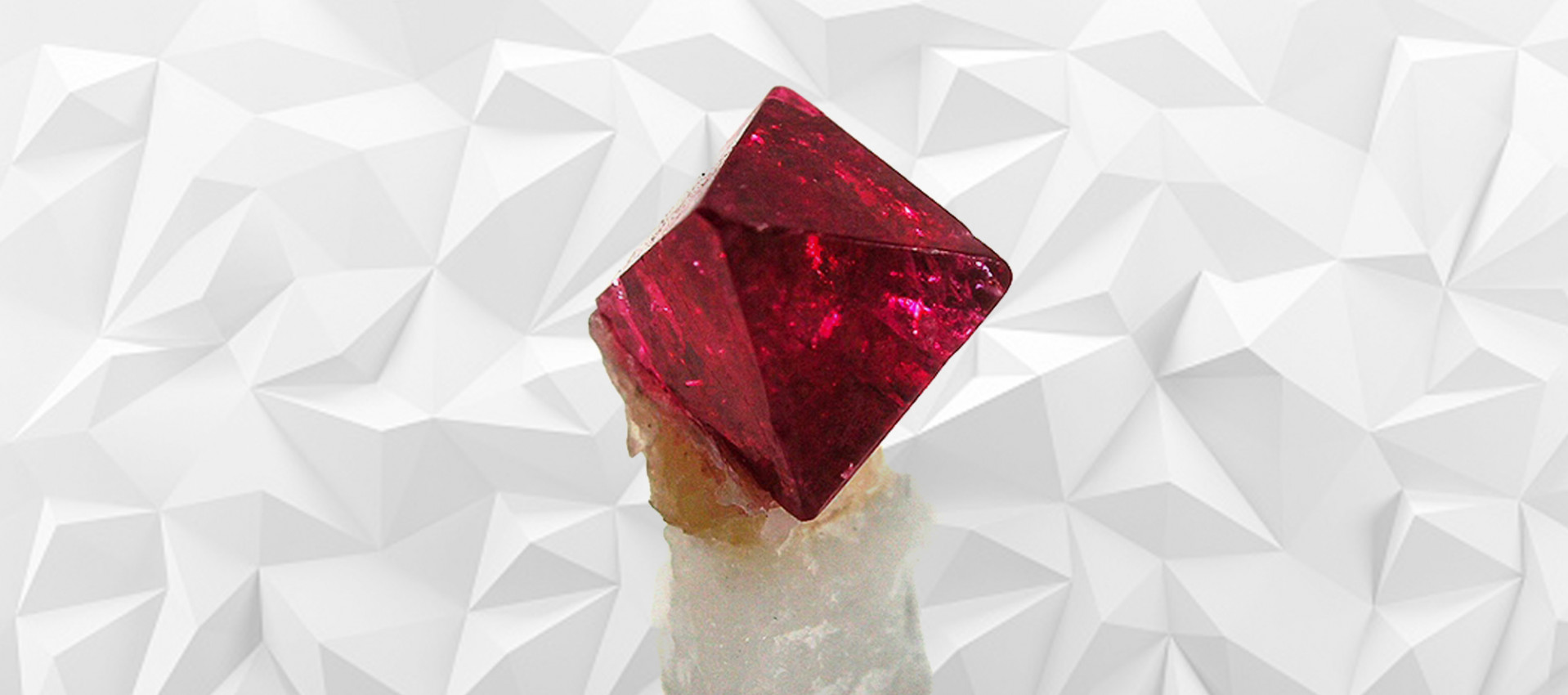Timur Ruby: A major chunk of people who have even a smidgen of knowledge about gemstones definitely know about the king of gemstones - Ruby (Manik). However, the name ‘Timur Ruby’ is still an enigma or better say, alien stuff for many.
In this post, we are going to spill out every minute to gargantuan detail you ever wanted to know about Timur Ruby, be it its origin story, significance, value, and where it’s prevailing right now. Let’s get started.
Read Also: Astrological Benefits of Ruby Stone
The Intriguing Story of Timur Ruby’s Origin:
The raw fact that Timur ruby doesn’t actually belong to the ruby group is flabbergasting as well as interesting at the same time.
It is, in actuality, a spinel ( a class of minerals with Magnesium, aluminium crystal structure) unfaceted, 352.74-carat weight, and completely polished red spinel imbibed in a necklace.
It was named after the ruler Timur, a Mongol conqueror, who took possession of the gem during the invasion of Delhi in 1398. Later, around 1851, the entire world came to know that Timur Ruby is not actually a Ruby.
One of the astounding facts about Timur Ruby which barely anyone knows is that the titles of the five previous owners of this gemstone namely Jahangir, Shah Jahan, Farrukhsiyar, Nader Shah, and Ahmad Shah Durrani are inscribed in it.

INQUIRY NOW
Possession and Transfer History of Timur Ruby:
If the rumors are to be believed, it was never owned by Timur. However, different historians have different opinions about its possession by Timur.
From the 17th century, the red ruby gem was under the ownership of different Mughal emperors with Shah Jahan being the first and Aurganzeb being the last one to have a hold on Timur Ruby.
It was in the year 1739, Nader Shah ( one of the most formidable Iranian Rulers) invaded the throne of Delhi and captured the gem. Nader Shah exterminated the Timur Ruby as well as Kohinoor from the Peacock throne to wear on the armband.
Later, Nader Shah was mercilessly assassinated by his own commander-in-chief Ahmad Shah Durrani and became the undisputed possessor of Timur Ruby stone.
In 1813, the great Maharaja Ranjit Singh took possession of the gem from the grandson of Ahmad Shah Durrani and it was subsequently passed to his successors.
When East India Company invaded Punjab in 1849, they took possession of Timur Ruby from Duleep Singh and later displayed the gem marvel at an exhibition in London in 1851. Moreover, it was in the year 1851 the whole world enlightened with the fact that Timur Ruby is actually a spinel.
Eventually, the court of directors of the East India Company presented the magnificent spinel to Queen Victorias as a token of gratitude and the gem became her private possession.
Since then, the alluring and coveted Timur Ruby is an indispensable part of the British Crown jewel and amplifying its grandeur by leaps and bounds.
 Categories
Categories 






